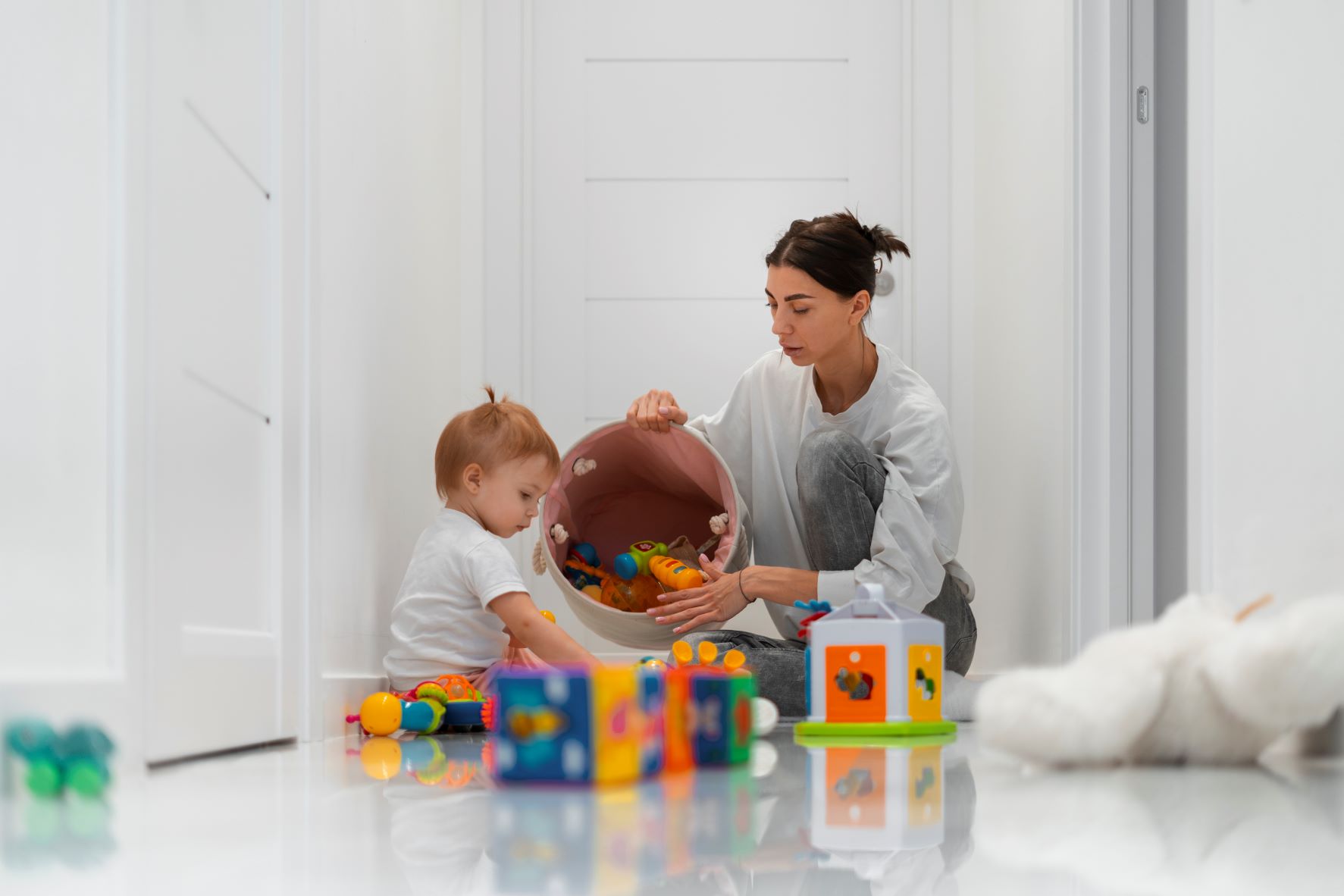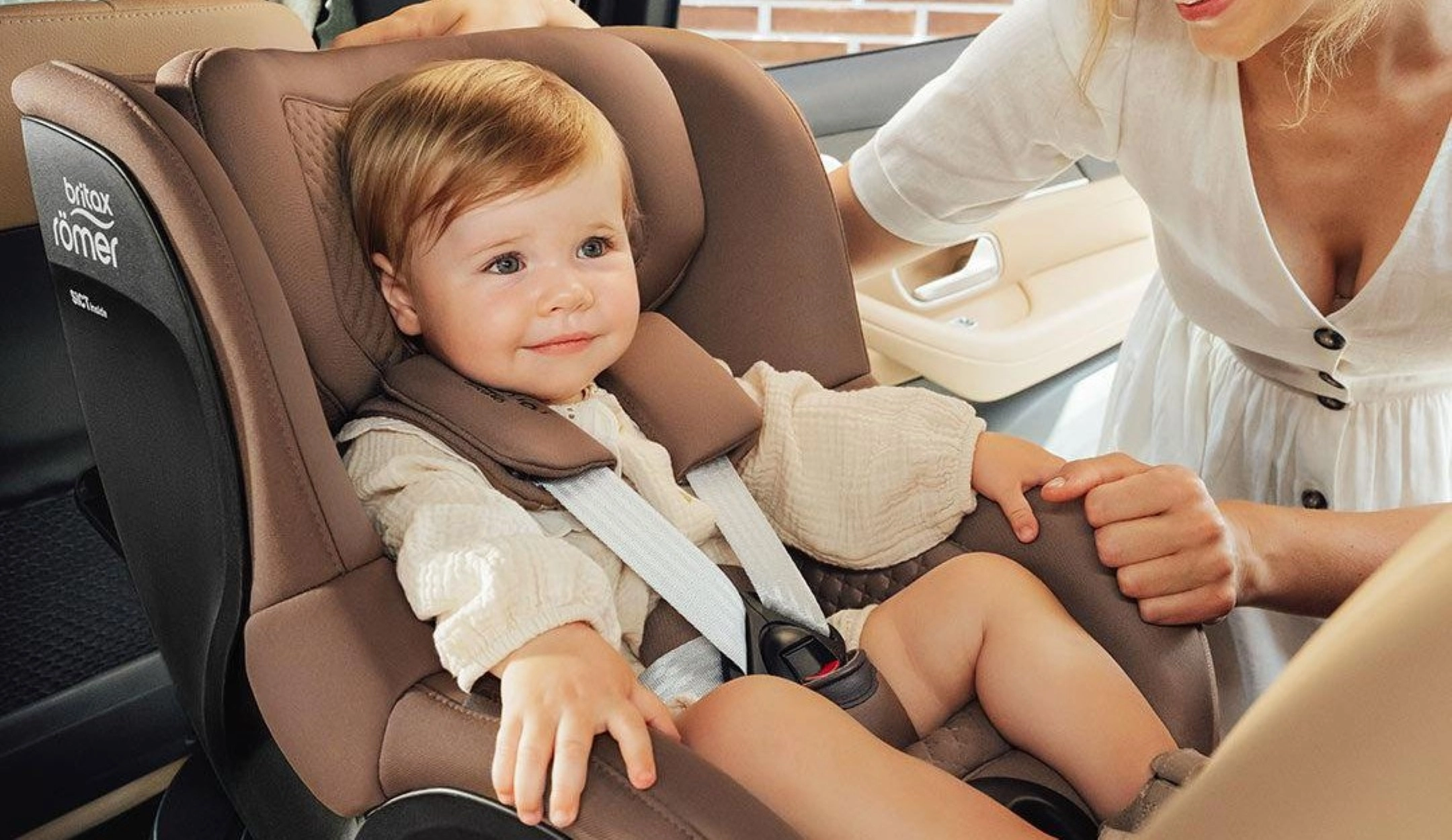How To Teach Kids To Care For Their Belongings?

Nurturing children is a multifaceted journey filled with happiness, obstacles, and invaluable lessons. Instilling a sense of responsibility is a fundamental aspect we can introduce into the lives of our little ones. By cultivating this skill early on, we not only establish an organized home environment but also lay the groundwork for future organizational abilities.
The initial phase in acquiring any skill involves demonstrating it. Children, being astute observers, learn through imitation of what they see and hear. If our goal is to teach a child to handle belongings with care, it is imperative to provide a model of this behavior.
Incorporating small tasks into the daily routine significantly influences a child's overall well-being. Allocating time after play or meals is crucial, as routines contribute to a child's sense of confidence and predictability.
Transforming learning into play adds an element of fun for children. Utilize the rules of games as motivational tools. For instance, create a friendly competition to determine who can tidy up toysthe fastest.
To establish an orderly environment, designate specific storage spaces for your child, whether it's a drawer in a child's dresser or a personal shelf in the wardrobe. Encourage your child to choose optimal locations for placing belongings.
Demonstrate proper techniques for lifting and storing items to prevent damage, teaching your child how to care for their possessions.
Teaching toddlers to be mindful of their belongings is a gradual process requiring patience, consistency, and a positive outlook. Incorporating these approaches into parenting not only fosters discipline but also nurtures overall responsibility skills in your child.


